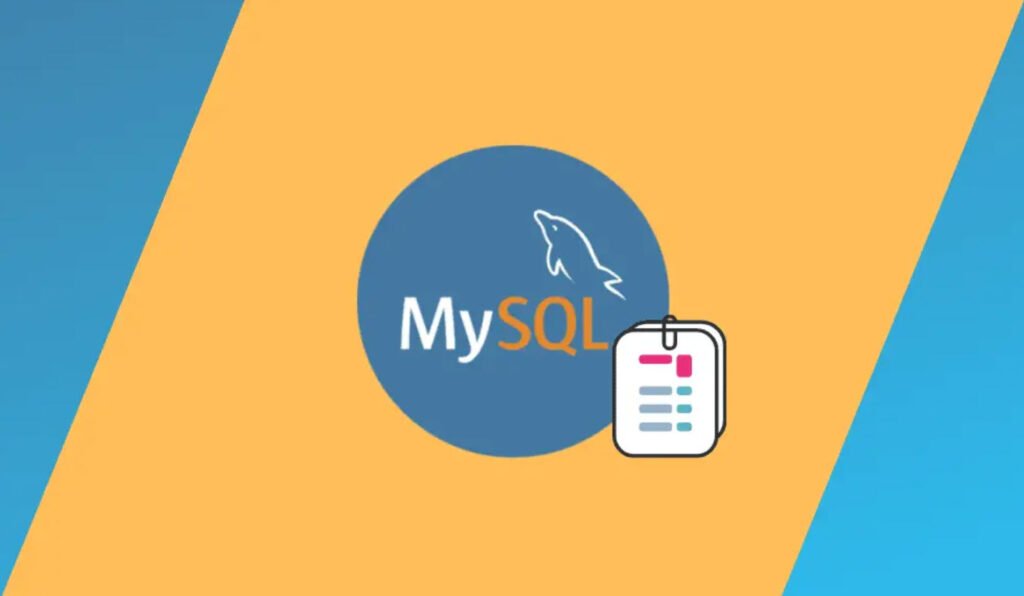
When working with MySQL, one of the critical aspects is choosing the appropriate data types for your database tables. Data types define the kind of data that can be stored in a column, ensuring efficient storage and retrieval.
In this article, we will explore the various MySQL data types available, including integer values, floating-point values, strings, binary data, text data, date and time values, timestamps, and fields with predefined values. By understanding these data types, you can make informed decisions when designing your database schema.
1. Integer Values
MySQL provides several integer data types to store whole numbers of different sizes. These include TINYINT, SMALLINT, MEDIUMINT, INT, and BIGINT. The choice of data type depends on the range of values you need to store.
For example, TINYINT can store values from -128 to 127, while BIGINT can handle larger values.
2. Floating-Point Values
To store numbers with decimal places, MySQL offers the FLOAT and DOUBLE data types. FLOAT is used for single-precision floating-point numbers, while DOUBLE provides double-precision floating-point numbers. The precision and range of these data types make them suitable for calculations involving fractional values.
3. Decimal Values
If you require precise decimal calculations, the DECIMAL data type is appropriate. It allows you to define the exact precision and scale (number of decimal places) of the values you store, ensuring accurate representation of decimal data.
4. Strings
MySQL offers two primary string data types: CHAR and VARCHAR. CHAR stores fixed-length strings, while VARCHAR stores variable-length strings. CHAR is suitable for data with a consistent length, while VARCHAR is more flexible for data that varies in length. Both types can store up to 255 characters by default, but can be configured to accommodate longer strings if necessary.
5. Binary Data
For storing large blocks of binary data, such as images or files, MySQL provides TINYBLOB, BLOB, MEDIUMBLOB, and LONGBLOB. These data types can handle varying sizes of binary data, with LONGBLOB being able to store the largest amount.
6. Text Data
MySQL also includes data types specifically designed for handling text data. TINYTEXT, TEXT, MEDIUMTEXT, and LONGTEXT can store longer blocks of text compared to the string data types mentioned earlier. These data types are useful for storing large amounts of textual information, such as article content or user comments.
7. Date and Time Values
To handle date and time information, MySQL offers several data types. DATE stores dates in the ‘YYYY-MM-DD’ format, TIME stores time values or durations, YEAR stores year values, and DATETIME represents combined date and time values. These data types enable efficient manipulation and calculation of temporal data.
8. Timestamps
For capturing the date and time of an event, MySQL provides the TIMESTAMP data type. It automatically updates whenever a row is inserted or modified, making it ideal for tracking the creation or modification time of a record.
9. Fields with Predefined Values
MySQL offers ENUM and SET data types for fields that should contain predefined values. ENUM allows you to define a set of mutually exclusive options, while SET enables selection of multiple predefined values for a field.
Conclusion
Choosing the appropriate data types in MySQL is crucial for efficient storage, data integrity, and optimized queries. By understanding the available data types, including integer values, floating-point values, strings, binary data, text data, date and time values, timestamps, and fields with predefined values, you can design a database schema that accurately represents your data and supports efficient data manipulation.
Consider the nature and requirements of your data when selecting the appropriate MySQL data types for each column in your database tables.
You may also like:- How To Fix the Crowdstrike/BSOD Issue in Microsoft Windows
- MICROSOFT is Down Worldwide – Read Full Story
- Windows Showing Blue Screen Of Death Error? Here’s How You Can Fix It
- A Guide to SQL Operations: Selecting, Inserting, Updating, Deleting, Grouping, Ordering, Joining, and Using UNION
- Top 10 Most Common Software Vulnerabilities
- Essential Log Types for Effective SIEM Deployment
- How to Fix the VMware Workstation Error: “Unable to open kernel device ‘.\VMCIDev\VMX'”
- Top 3 Process Monitoring Tools for Malware Analysis
- CVE-2024-6387 – Critical OpenSSH Unauthenticated RCE Flaw ‘regreSSHion’ Exposes Millions of Linux Systems
- 22 Most Widely Used Testing Tools








